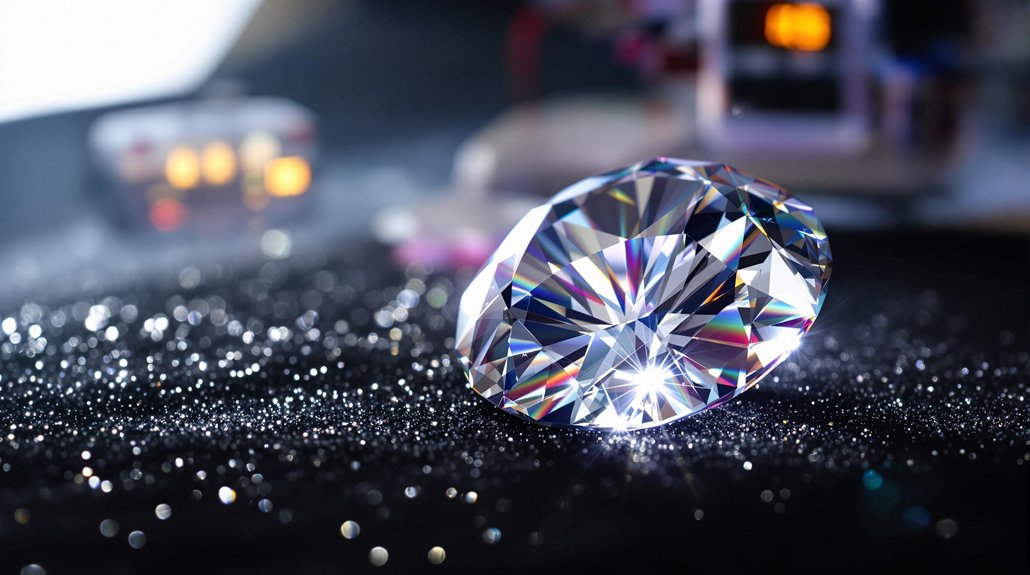
by Andrew Wilson | Dec 8, 2024 | Synthetic Diamond Creation Techniques
In a groundbreaking development, lab-grown diamond production has achieved the feat of creating real diamonds within a mere 15 minutes using gallium, bypassing the need for traditional high-pressure methods. This innovation highlights a significant leap from earlier... 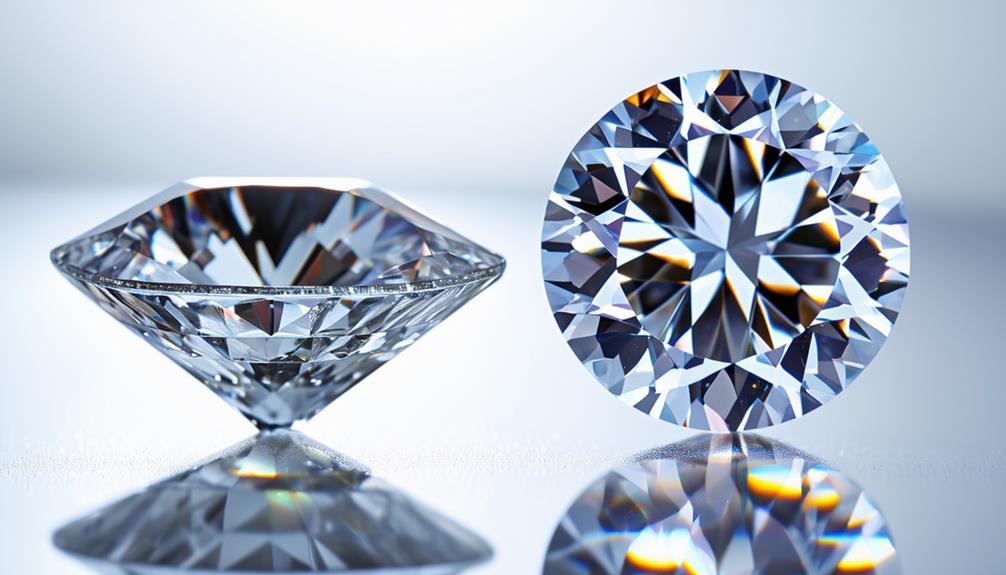
by Andrew Wilson | Jul 15, 2024 | Synthetic Diamond Creation Techniques
In the realm of gemmology, distinguishing between natural and synthetic diamonds involves understanding their chemistry, appearance, and ethical implications. Natural diamonds, which form over millions of years in the Earth's mantle, are prized... 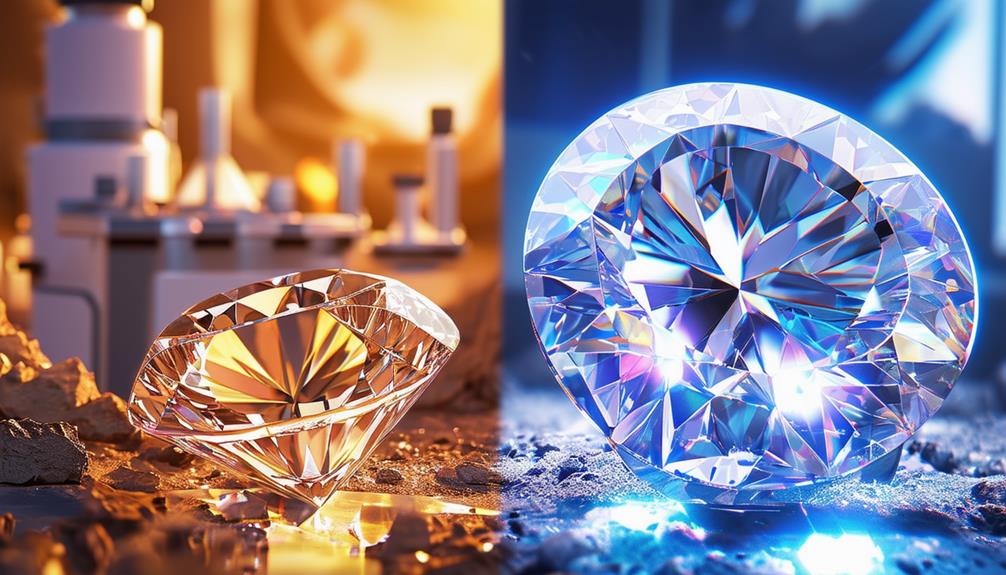
by Andrew Wilson | Jul 12, 2024 | Synthetic Diamond Creation Techniques
Lab-grown and natural diamonds both embody elegance but are produced through distinctly different methods. Natural diamonds form over millions of years under the Earth's crust, their inclusions serving as markers of their organic and geological history.On the... 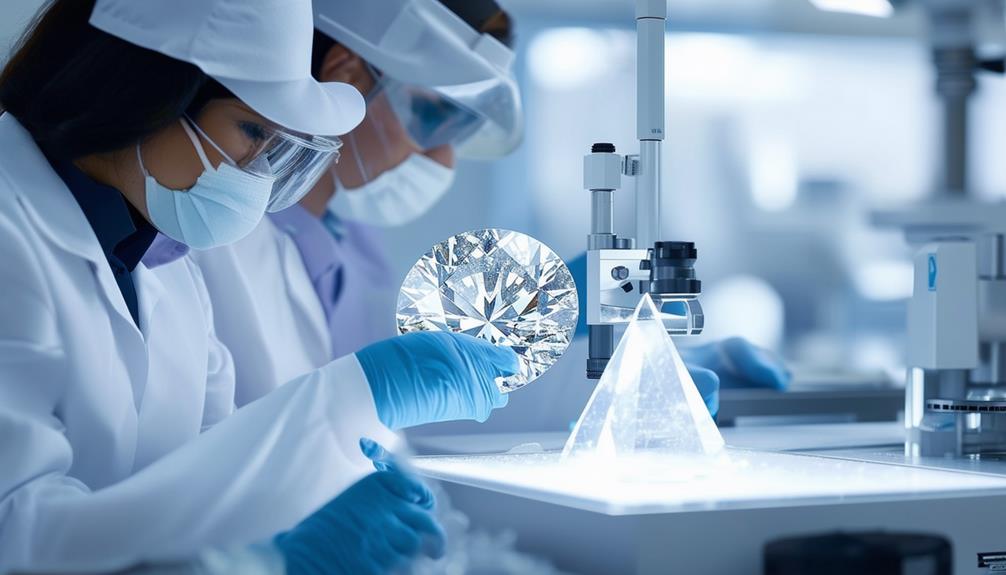
by Andrew Wilson | Jul 8, 2024 | Synthetic Diamond Creation Techniques
Lab-grown diamonds are well-known for their exceptional purity, often categorised as Type IIa, which signifies the highest clarity and colour quality found in diamonds. These diamonds are created using advanced techniques such as Chemical Vapor Deposition... 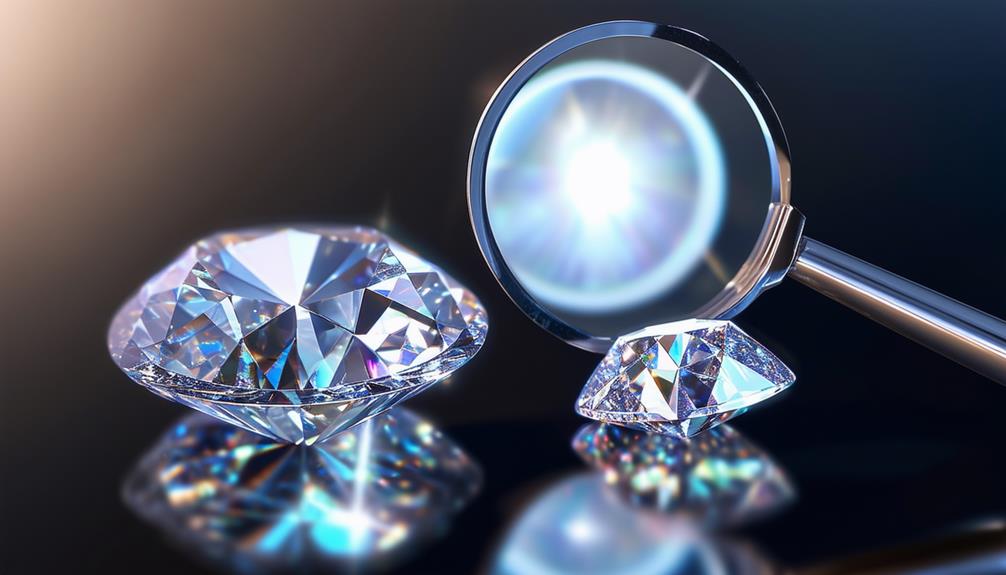
by Andrew Wilson | Jul 5, 2024 | Synthetic Diamond Creation Techniques
When comparing lab-grown diamonds to natural diamonds, it's important to evaluate purity by examining the presence of impurities like nitrogen and boron. These impurities can impact the diamonds' optical properties and their value.Lab-grown diamonds are... 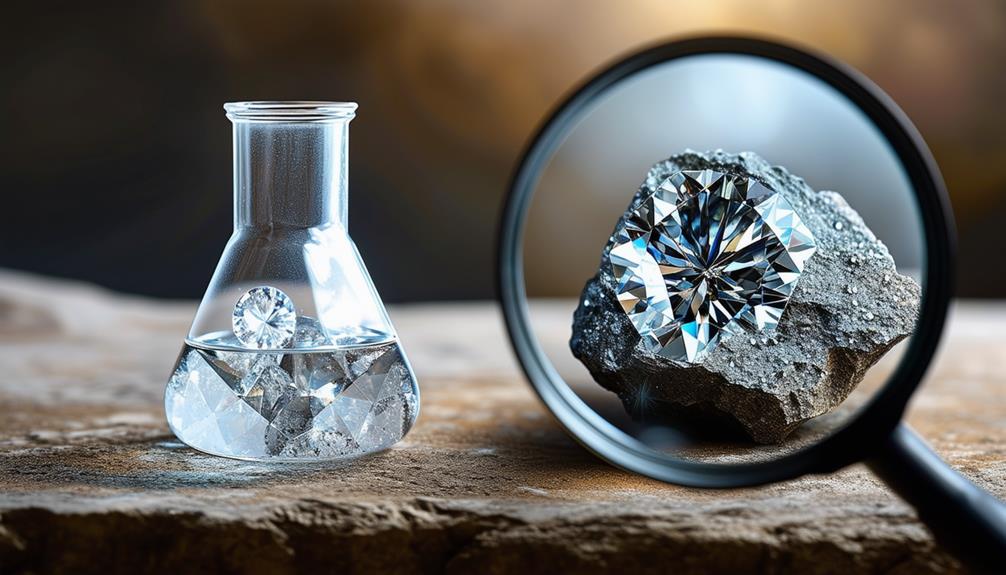
by Andrew Wilson | Jul 1, 2024 | Synthetic Diamond Creation Techniques
Lab-grown diamonds are produced in controlled settings using methods such as High Pressure High Temperature (HPHT) and Chemical Vapor Deposition (CVD). These processes result in diamonds with fewer inclusions compared to natural diamonds, often...






